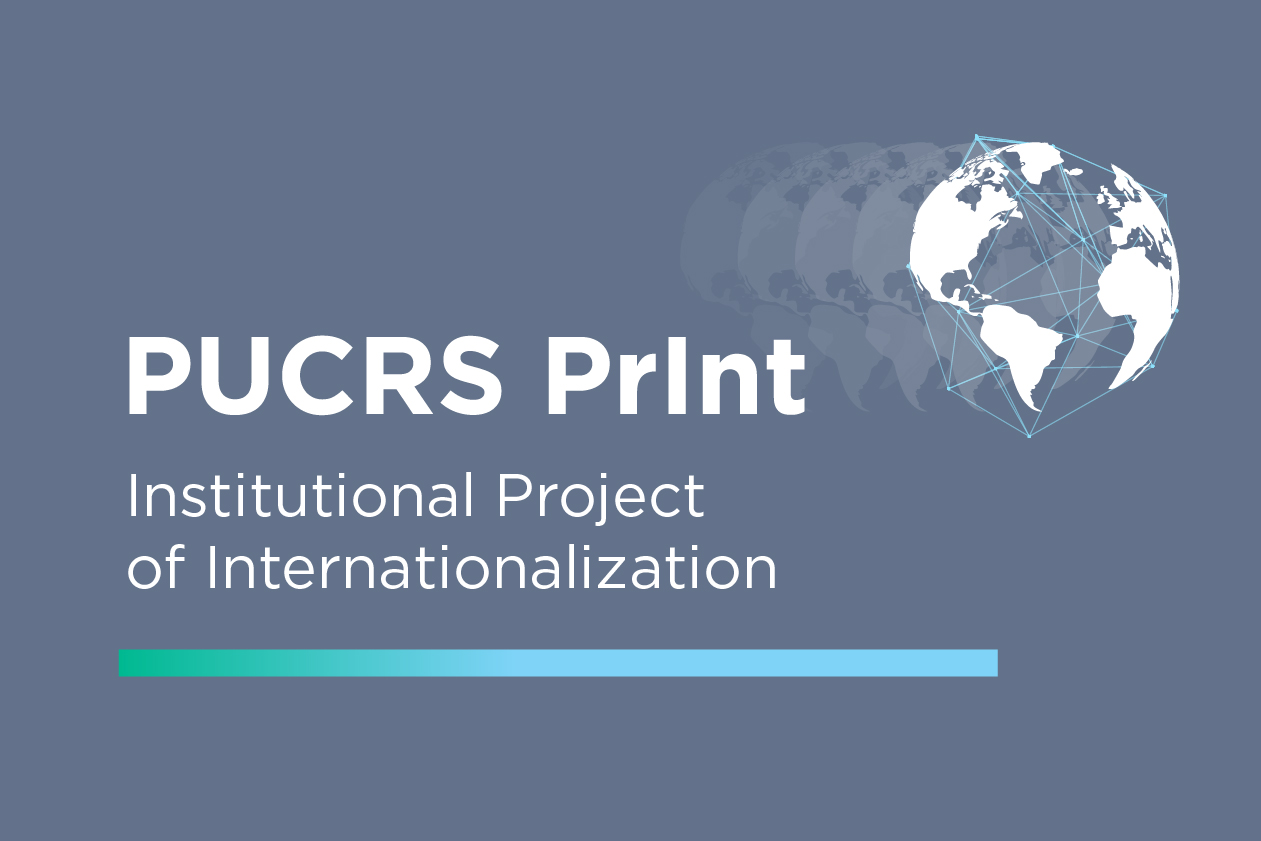University welcomes PUCRS-PrInt postdoctoral fellows
Researchers to be working at PUCRS until 2021
 Camila Aloisio Alves, Gisele Hansel and Paulo Rauli Caribé are the three new postdoctoral research fellows who have begun their activities at PUCRS after being selected through the Institutional Project of Internationalization (PUCRS-PrInt) in the category Postdoctoral Researcher with Experience Abroad.
Camila Aloisio Alves, Gisele Hansel and Paulo Rauli Caribé are the three new postdoctoral research fellows who have begun their activities at PUCRS after being selected through the Institutional Project of Internationalization (PUCRS-PrInt) in the category Postdoctoral Researcher with Experience Abroad.
The researchers met all the requirements of the program and were awarded with grants ranging from six months to one year to conduct their activities at PUCRS.
Below is a short description of the activities that will be developed during this period and a testimonial from each fellow.
Dr. Camila Alves is affiliated to the Graduate Program in Education, under the supervision of Prof. Dr. Alexandre Guilherme:
The study plan has been designed to make a contribution to the priority area World in Motion: Individuals and Society, more specifically with the cooperation project Human development: knowledges and practices for a world in motion. Check out the researcher’s testimonial:
“Within the scope of the work plan, I’ve been working with PUCRS graduate students and sharing some of the approaches I delved into when I was in France. Within the realm of this project, the fellow will be teaching and conducting research. A number of courses and seminars will be offered in an effort to make a meaningful contribution to human development in contemporary Brazilian society. In terms of research, she will be analyzing data of quantitative and qualitative research in progress, as she will be critically reflecting upon the findings with an eye to the production of scientific knowledge. These joint forces will add value to the aforementioned project as they highlight the potentials of human condition in view of what men goes through, experiences and creates.”
Dr. Gisele Hansel is affiliated to the Graduate Program in Medicine and Health Sciences, under the advising of Prof. Dr. Douglas Sato:
The researcher will be working at the Laboratory of Neuroinflammation and Neuroimmunology, of the Brain Institute of RS (BraIns), on the project titled Development of new techniques for the detection of autoantibodies in patients with neuromyelitis optica, under the priority area Health in Human Development. Check out Gisele’s testimonial:
“I hope this postdoc opportunity at PUCRS will open the doors for me to continue working as a faculty or researcher at this University. PUCRS is a university of excellence. And this puts me in the limelight as I can expand my international collaboration network in the area of Neurology, Biochemistry and Cell Biology.”
Dr. Paulo Caribé was welcomed by Prof. Dr. Ana Maria Marques, in the Graduate Program of Biomedical Gerontology:
Dr. Caribé completed his PhD at the Medical Imaging and Signal Processing (MEDISIP), at Ghent University, Belgium. At PUCRS, he will be working at the Nuclear Medicine/Medical Imaging Computing Laboratory (MEDICOM), as he will be looking into medical technologies.
The study is associated with the international cooperation project Development of innovative technologies and processes in health, within the priority area Health in Human Development. Check out Dr. Caribé’s testimonial:
“During my postdoctoral research, I will be working on the project Impact of the beta-parameter in BPL reconstruction algorithm on the visual image quality and SUV quantification of 18F-FDG PET/CT images. In this project, the performance and clinical use of the BPL reconstruction algorithm will be compared to OSEM with information from PSF and TOF using 3 iterations and 16 subsets and a 5 mm Gaussian filter, acquired on the state-of-the-art GE Discovery MI PET / CT. Research into medical technologies, such as PET, must take health benefits into account. As this project is part of a larger group of studies in progress on noise reduction, we will be focusing both on the relevant aspects for PET in general and on the specific aspects of this project. Reducing the cost of the system and reducing the acquisition and processing time makes these systems more accessible for placement and allows more patients per device.”





